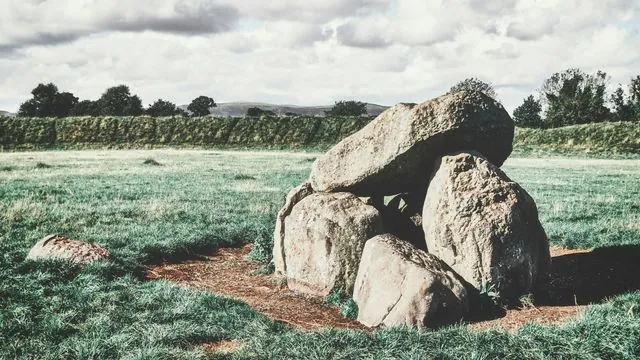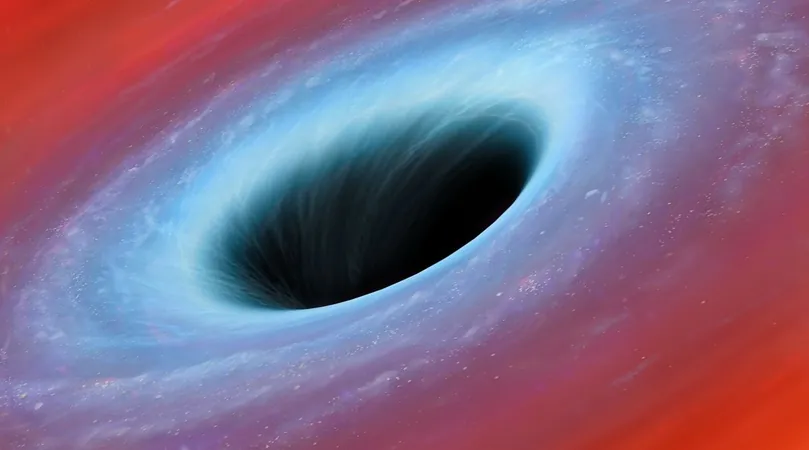
Shocking New Evidence Uncovers How Denisovan DNA Influenced Modern Humans!
2024-11-11
Author: Ming
Shocking New Evidence Uncovers How Denisovan DNA Influenced Modern Humans!
Scientists have made groundbreaking discoveries regarding the Denisovans, a recently uncovered group of ancient human relatives that significantly influenced early human evolution. Through multiple interbreeding events, these enigmatic hominins passed on vital genetic material to modern humans, sculpting our DNA in unprecedented ways.
The Journey Begins
The journey began in 2010 with the publication of the first draft of the Neanderthal genome, which revealed past interbreeding with ancestors of present-day humans. Shortly thereafter, an astonishing discovery was made in the Denisova cave located in the Altai Mountains of Siberia. A genome sequenced from a finger bone indicated the presence of a new hominin group, the Denisovans, known to have shared their genetic legacy with modern humans.
Interbreeding Insights
Dr. Linda Ongaro, a postdoctoral researcher from Trinity College Dublin, asserts, "This discovery stands as one of the most exciting revelations in human evolution in the last decade." She emphasizes the misconception that human evolution is a linear process from a single ancestor. In reality, interbreeding among various hominins played a crucial role in shaping modern humanity.
Limited Fossil Evidence
While our understanding of Denisovan fossils is limited—comprising only a few remains like a finger bone, jawbone, teeth, and skull fragments—scientists are proactively utilizing genetic analysis to identify at least three interbreeding events that contributed Denisovan DNA to modern genomes. These efforts reveal complex relationships among various hominin lineages.
Geographical Range and Adaptations
In a recent comprehensive review published in *Nature Genetics*, Dr. Ongaro and Professor Emilia Huerta-Sanchez highlight evidence suggesting that Denisovans occupied a vast geographical range, from Siberia to Southeast Asia and extending as far as South America. Remarkably, these ancient populations adapted to diverse environments, which is reflected in certain key genes passed down to modern humans.
Significant Genetic Contributions
Among the most notable genetic contributions is a specific segment that confers tolerance to hypoxia—essential for survival at high altitudes, as seen in Tibetan populations. Additionally, several genes enhance immune responses and impact lipid metabolism, providing warmth in cold conditions—traits advantageous for Arctic-dwelling Inuit people.
Future Research Directions
Dr. Ongaro expresses excitement about future research directions, stating, "There are numerous avenues to explore that will enrich our understanding of the Denisovan impact on modern humans. Detailed genetic analyses in lesser-studied populations could unveil hidden Denisovan ancestry. Moreover, combining genetic findings with archaeological evidence—especially if more Denisovan remains are discovered—would fill in critical gaps."
Conclusion
Stay tuned as scientists continue to untangle the complex threads of our ancestry, revealing a tapestry woven with the genes of ancient hominins that shaped humanity's past and could influence our future!


 Brasil (PT)
Brasil (PT)
 Canada (EN)
Canada (EN)
 Chile (ES)
Chile (ES)
 España (ES)
España (ES)
 France (FR)
France (FR)
 Hong Kong (EN)
Hong Kong (EN)
 Italia (IT)
Italia (IT)
 日本 (JA)
日本 (JA)
 Magyarország (HU)
Magyarország (HU)
 Norge (NO)
Norge (NO)
 Polska (PL)
Polska (PL)
 Schweiz (DE)
Schweiz (DE)
 Singapore (EN)
Singapore (EN)
 Sverige (SV)
Sverige (SV)
 Suomi (FI)
Suomi (FI)
 Türkiye (TR)
Türkiye (TR)